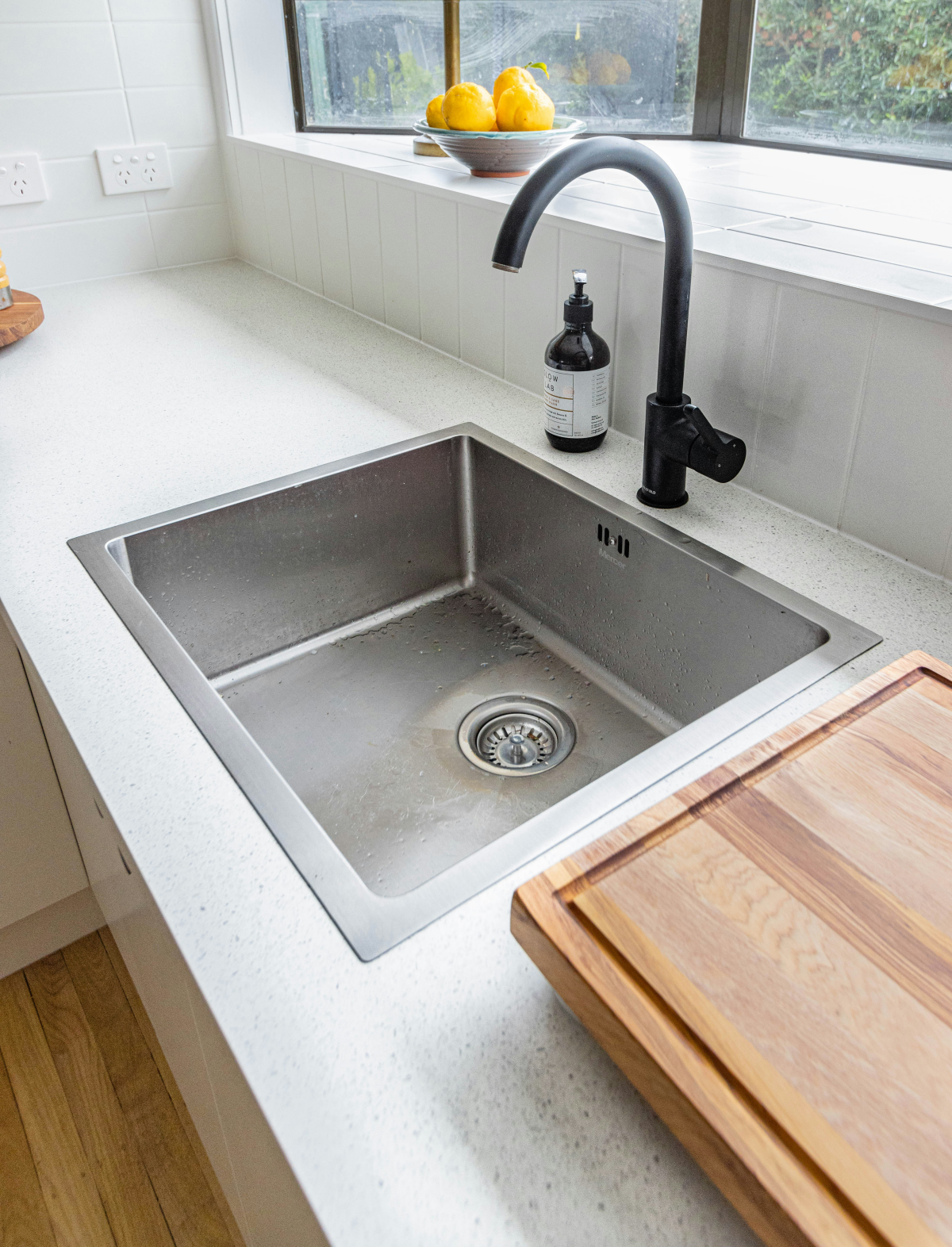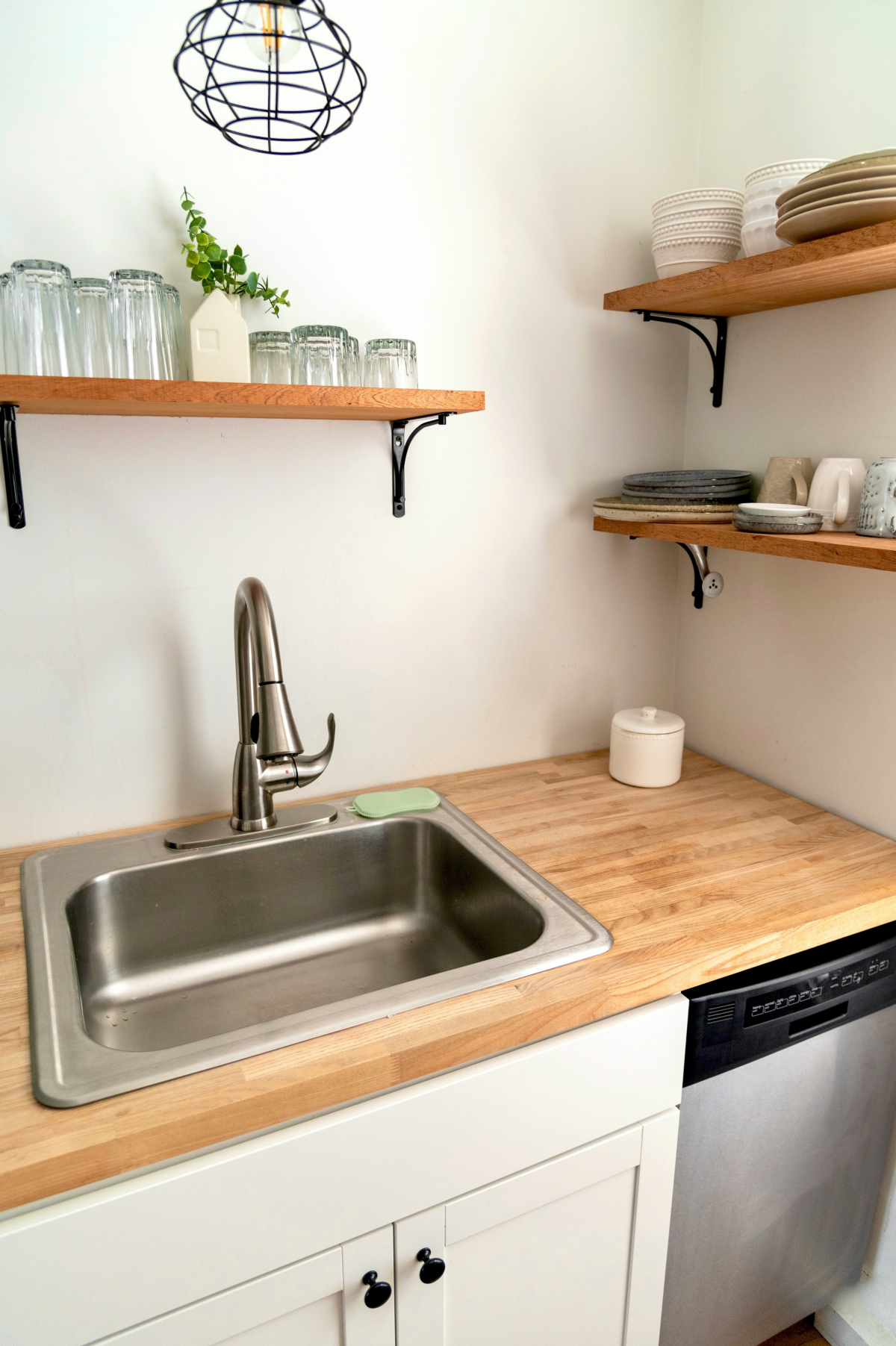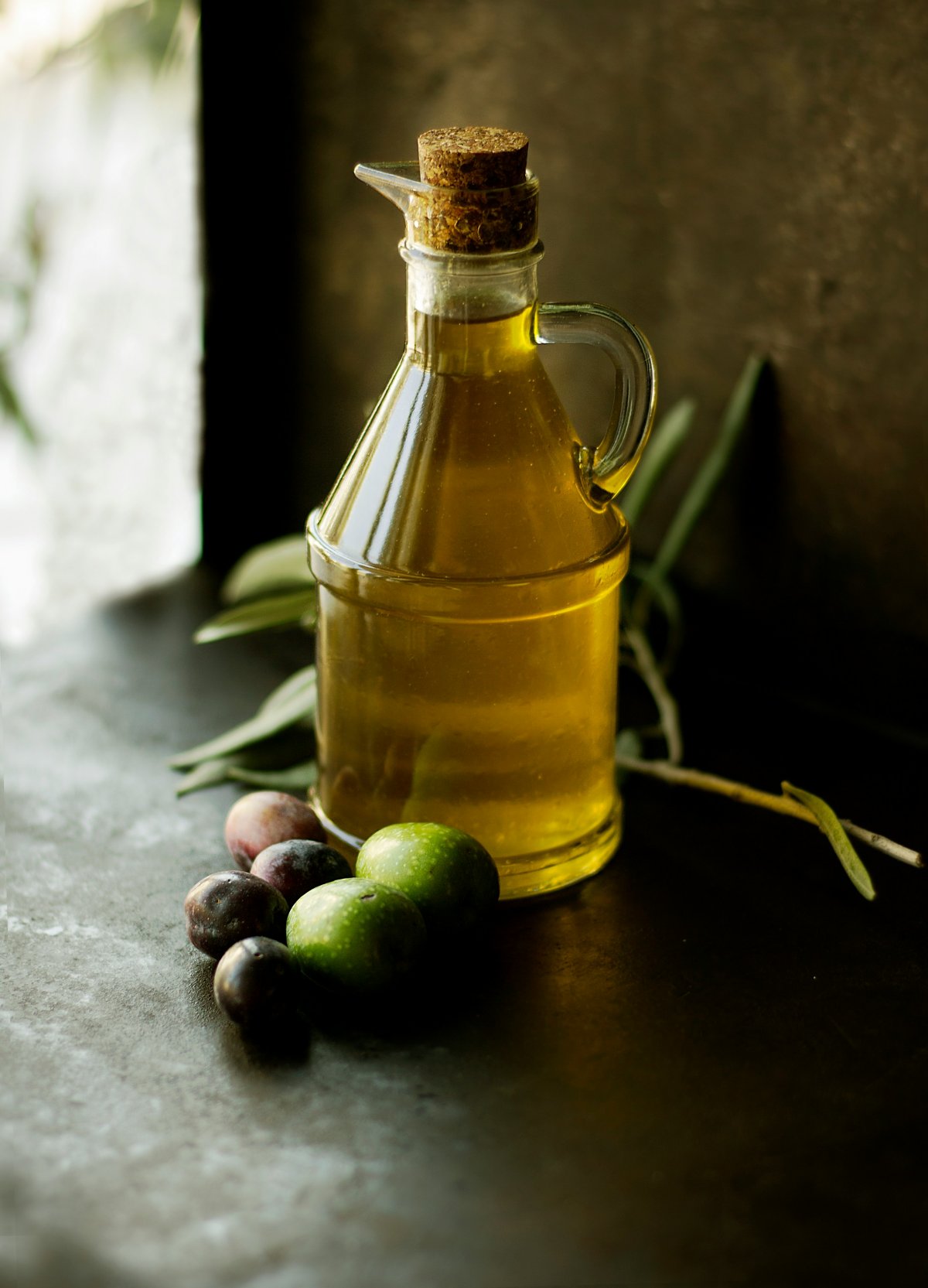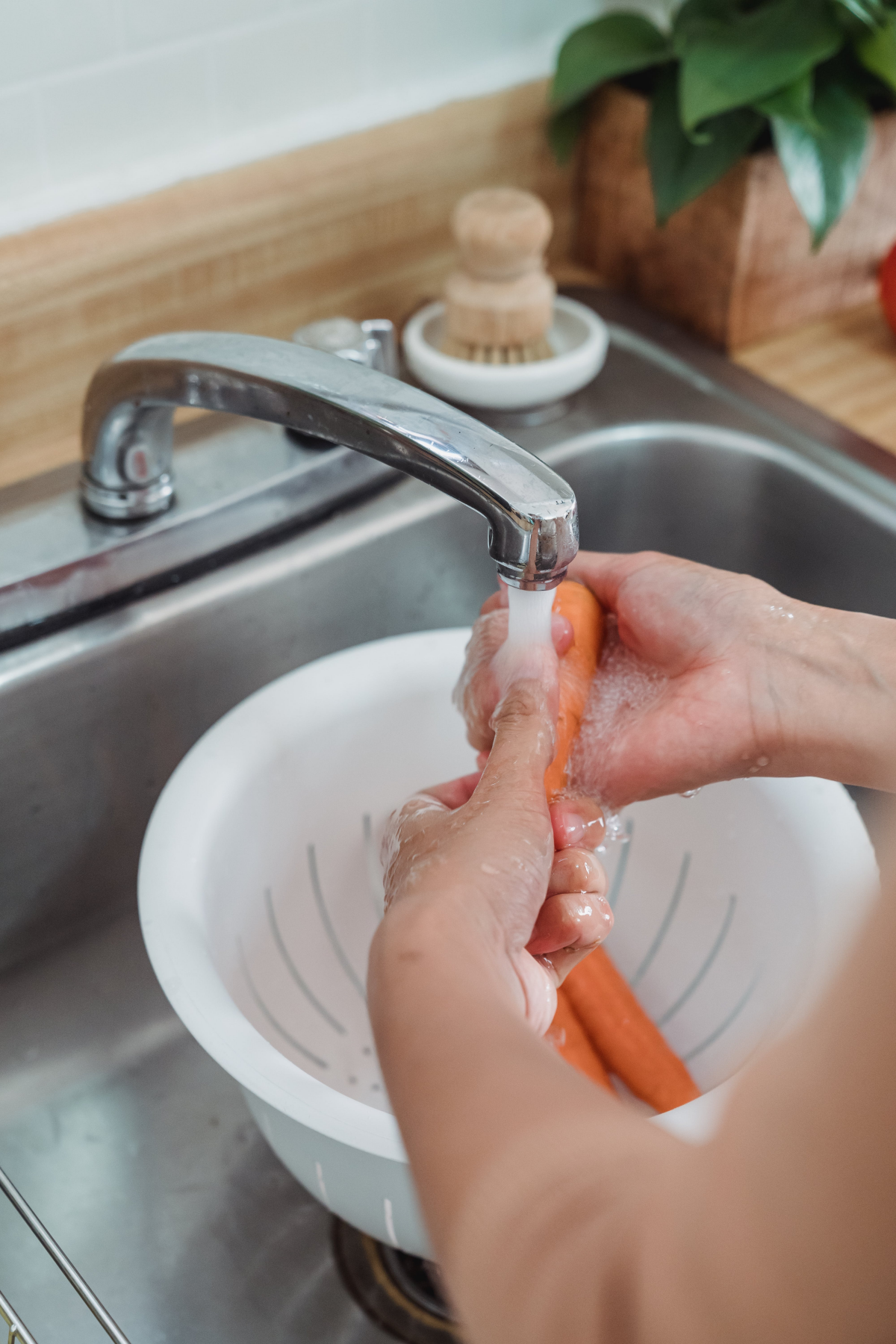Stainless Steel Sink Cleaner: 7 Simple Recipes
In the realm of kitchen essentials, the sink stands as a silent hero. The sink witnesses the highs and lows of all our culinary endeavors. It’s not just a basin for dishes. It’s a testament to the soul of your kitchen. Particularly for those adorned with stainless steel sinks, the challenge isn’t only about maintaining a surface. It’s about preserving a centerpiece. These sinks, known for their resilience and mirror-like finish, demand care beyond the ordinary. Commercial cleaners, although efficient, often bring along a cocktail of chemicals that can be harsh on your sink and the environment. This is where […]

In the realm of kitchen essentials, the sink stands as a silent hero. The sink witnesses the highs and lows of all our culinary endeavors. It’s not just a basin for dishes. It’s a testament to the soul of your kitchen. Particularly for those adorned with stainless steel sinks, the challenge isn’t only about maintaining a surface. It’s about preserving a centerpiece. These sinks, known for their resilience and mirror-like finish, demand care beyond the ordinary. Commercial cleaners, although efficient, often bring along a cocktail of chemicals that can be harsh on your sink and the environment. This is where the charm of homemade cleaners comes into play. These homemade stainless steel sink cleaner recipes are a harmonious blend of natural, gentle, and effective ingredients.
The sink witnesses the highs and lows of all our culinary endeavors

Homemade Stainless Steel Sink Cleaner
Stainless steel is a marvel of modern kitchens. It is celebrated for its robustness and elegant finish. However, owning such a piece comes with its unique set of challenges. The sleek surface, while stunning, is a magnet for water spots, fingerprints, and at times, rust. All of these can compromise its sophisticated look. The key to upholding its allure lies not in aggressive chemicals, but in the modest ingredients nestled in your pantry. These everyday items are unsung heroes capable of tackling the toughest stains and spots, all while being gentle on the stainless steel surface. In this journey of DIY stainless steel sink care, we will explore the intersection of simplicity and efficiency.
Stainless steel is a marvel of modern kitchens

Baking soda and vinegar cleaner
A classic combination in the world of natural cleaning. Baking soda and vinegar come together to form an impressive cleaning agent for your stainless steel sink. To start, mix three parts of baking soda with one part white vinegar. This will create a fizzing paste. This mixture harnesses the gentle abrasiveness of baking soda coupled with the acidic punch of vinegar. Thus, making it formidable against everyday grime and persistent stains. Apply the paste evenly across the sink’s surface and let it work its magic for a few minutes. Once it’s had time to penetrate the dirt, take a soft sponge and gently scrub in a circular motion.
Baking soda and vinegar come together to form an impressive cleaning agent

Lemon and salt scrub
Unleash the power of natural ingredients with this lemon and salt scrub. This is a potent combination for removing rust and restoring shine. Start by cutting a lemon in half and generously sprinkling salt on its exposed flesh. This blend utilizes the abrasive texture of salt and the natural citric acid in lemons, making it ideal for targeting rust-prone areas and other tough stains. Scrub your stainless steel sink with this zesty tool, focusing on areas that need extra attention. As you work the lemon over the surface, its fresh scent infuses the air, transforming cleaning into a pleasant, aromatic experience. Once finished, rinse the sink thoroughly. The result is not just a clean and rust-free sink but also a fresh-smelling kitchen.
Unleash the power of natural ingredients with this lemon and salt scrub

Olive oil polish
After your sink is clean and free from grime, it’s time to add a touch of elegance with an olive oil polish. This simple yet effective method involves dabbing a few drops of olive oil onto a soft cloth and gently buffing the stainless steel surface. Olive oil acts as a natural polish. It enhances the sink’s shine while also forming a protective layer that helps repel water spots and fingerprints. This method is perfect for those seeking a non-toxic way to maintain the sink’s lustrous appearance. The oil polishes the surface to a high sheen, ensuring that your stainless steel sink not only looks clean but also radiates a luxurious glow.
Olive oil acts as a natural polish

Club soda rinse
For those moments when your stainless steel sink needs a quick refresh, a club soda rinse offers a simple and effective solution. Pour club soda directly onto the surface of the sink, covering it completely. The effervescence of the club soda acts as a gentle yet effective cleaner, loosening and lifting away any residual particles or streaks. Take a microfiber cloth and buff the surface in a circular motion, allowing the carbonation to do its work. This method is particularly useful for quick clean-ups, leaving your sink with an instantaneous sparkle and shine. It’s an effortless way to maintain the pristine condition of your stainless steel sink between deeper cleaning sessions.
A club soda rinse offers a simple and effective solution

Dish soap and baby oil
When your stainless steel sink needs a thorough yet gentle cleaning, this dish soap and baby oil solution is a perfect choice. Start by mixing a few drops of mild dish soap with water. This creates a soft, sudsy solution that effectively cuts through grease and grime without being harsh on the steel. After thoroughly cleaning and rinsing the sink, it’s time for the finishing touch. Apply a small amount of baby oil onto a soft cloth and polish the sink’s surface. The baby oil not only adds a radiant shine but also acts as a protective barrier, preventing water spots and fingerprints.
Mix a few drops of mild dish soap with water

Cream of tartar paste
For those stubborn stains that seem resistant to regular cleaning methods, a cream of tartar paste is a powerful solution. Mix cream of tartar with just enough water to form a thick paste. This paste harnesses the mild abrasive properties of cream of tartar, making it highly effective for targeting tough spots without scratching the stainless steel surface. Apply the paste directly onto the stained areas and gently scrub with a soft cloth or sponge. The gentle abrasive action lifts away the stains, restoring the sink’s clean and polished look. Rinse thoroughly after scrubbing.
Mix cream of tartar with just enough water to form a thick paste

@Sugar Spun Run
Hydrogen peroxide and baking soda
For a comprehensive deep-clean of your stainless steel sink, a mixture of hydrogen peroxide and baking soda is an excellent choice. Combine these two ingredients to form a thick paste, which harnesses the cleaning power of baking soda and the disinfecting properties of hydrogen peroxide. Apply this paste evenly over the sink’s surface, focusing on areas with built-up grime or stains. Let it sit for a few minutes to allow the mixture to penetrate and break down the dirt. Then, gently scrub and rinse the sink.
Combine these two ingredients to form a thick paste

Armed with these simple, eco-friendly stainless steel sink cleaner recipes, you can keep your sink looking as good as new. Whether it’s a quick polish or a deep clean, these natural solutions are not just kind to your sink but also gentle on your wallet and the environment. So, roll up those sleeves and give your stainless steel sink the love and care it deserves, naturally and effectively.
These natural solutions are kind to your sink and gentle on your wallet and the environment

